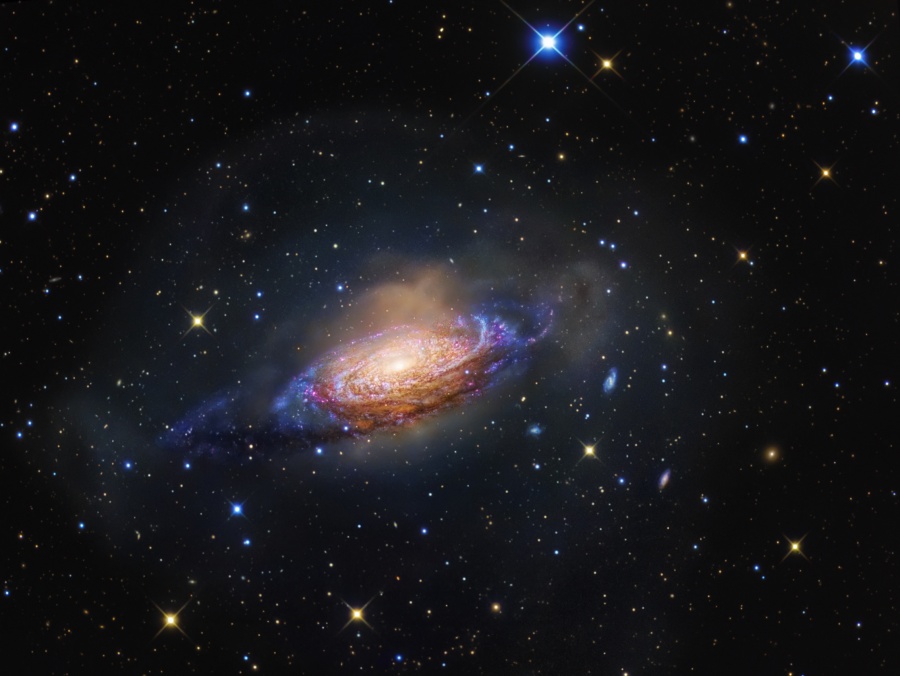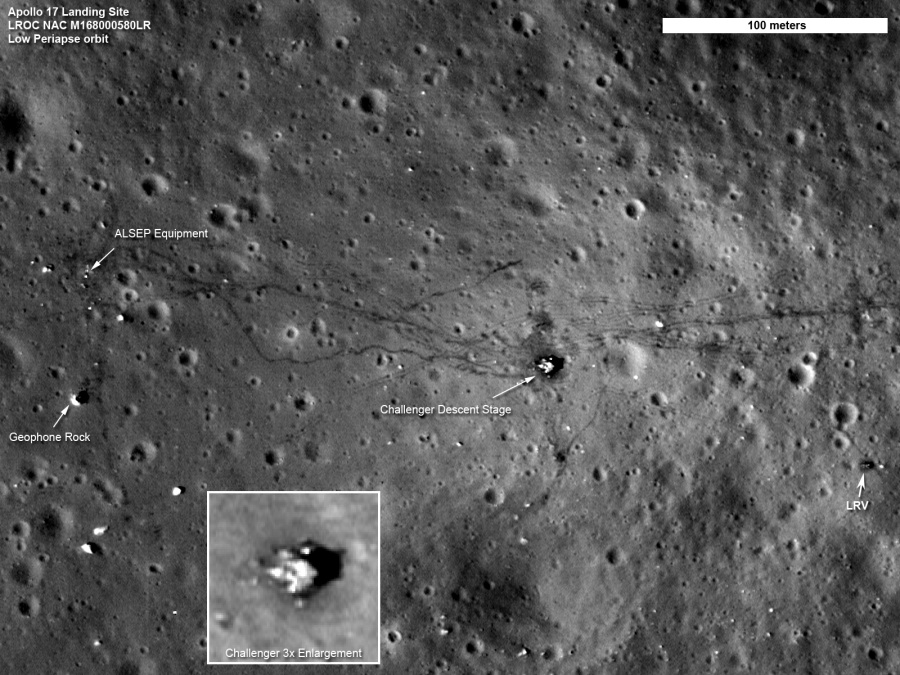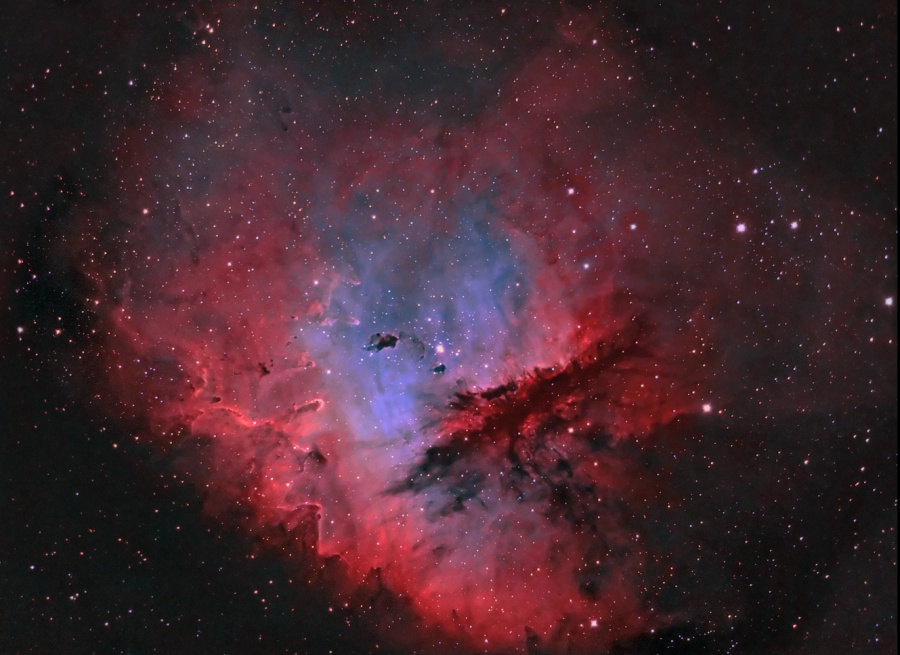http://apod.nasa.gov/apod/image/1109/C404-5244-6082AuroraTakasaka900.jpg
The aurora are caused by geomagnetic storms. During both the spring and fall the aurora are much more impressive than during summer and fall, though the seasonal connection is not understood. The lights are green, because the light given off by oxygen when it is distressed. The aurora occur approximately 100km above ground level, causing them to be visible from space.
Monday, September 26, 2011
Thursday, September 22, 2011
Astronomy Cast - Ep. 229
In 1982 NASA decided that after the Mariner missions, they needed to keep doing Mariner missions. So they started on what would become Cassini, but it was still called Mariner Mark II back then. Its goal was to be the first probe to examine Saturn and its moons up close for a long period of time, as the other probes that flew by, Pioneer and Voyager had only flown by. Launching in 1997 with a total build price of 3.26 billion dollars, Cassini was more than ready to do its job, and to do it right. Due to its small engines, Cassini was not lucky enough to be able to take a direct route to Saturn. Using Venus and Earth for multiple gravitational assists and eventually flew by Jupiter on its way to Saturn. Most of the Pictures you see of Jupiter were taken by the Cassini craft. On the 4th of July 2004, NASA was able to put Cassini into Orbit around Saturn. Once it arrived Cassini also launched the Huygens craft into Titans atmosphere to do research.
Tuesday, September 20, 2011
Observation 1.1
Date: 9-19-2011
Time: 10pm - 11pm
Place: Osprey
Sky Conditions: clear
Instrument Used: Naked Eye
Planets: jupiter - near moon
Bright Stars Noted: Altair
Constellations Noted: Triangle
Constellations: Big Dipper, Aquila, i could see the brightest stars in Lyra and Cygnus but could not make out the rest of the constilations
Other: The moon is in 3rd quarter
Time: 10pm - 11pm
Place: Osprey
Sky Conditions: clear
Instrument Used: Naked Eye
Planets: jupiter - near moon
Bright Stars Noted: Altair
Constellations Noted: Triangle
Constellations: Big Dipper, Aquila, i could see the brightest stars in Lyra and Cygnus but could not make out the rest of the constilations
Other: The moon is in 3rd quarter
Monday, September 19, 2011
APOD 1.3 - Galaxy in a Bubble

This galaxy(NGC 3521) spans 50,000 light years and it forms a loose and irregular spiral pattern. The stars on the edge of the galaxy form loose bands, this is a result of the merger with NGC 352. Scientists were able to tell these two galaxies collided at one point in time, because the debris shells on the outskirts of the galaxy often denote a collision with a satellite galaxy.
Thursday, September 15, 2011
Observations 1.2
Date: 9-15-2011
Time: 11pm - 12am
Place: Osprey
Sky Conditions: slightly cloudy
Instrument Used: Naked Eye
Bright Stars Noted: Altair, Anteres
Constellations Noted: Triangle
Constellations: With the moon gone it was easy to see dark stars apart from the clouds. Visible were the Big Dipper, Aquila, i could see the brightest stars in Lyra and Cygnus but could not make out the rest of the constellations. Scorpius and Sagittarius were also visible.
Other: The moon is a waning crescent
Time: 11pm - 12am
Place: Osprey
Sky Conditions: slightly cloudy
Instrument Used: Naked Eye
Bright Stars Noted: Altair, Anteres
Constellations Noted: Triangle
Constellations: With the moon gone it was easy to see dark stars apart from the clouds. Visible were the Big Dipper, Aquila, i could see the brightest stars in Lyra and Cygnus but could not make out the rest of the constellations. Scorpius and Sagittarius were also visible.
Other: The moon is a waning crescent
Sunday, September 11, 2011
APOD 1.2

This image of the Apollo 17 landing site is the sharpest image of the moon ever taken from space. With the previous best taken by the Hubble telescope, but it could only focus on things 80m in diameter or larger. To take the picture, they adjusted the orbit of a lunar satellite to be withing 22km of the surface. Tracks heading towards and away from the the landing site were made by the lunar rover as the astronauts explored the moon's surface. Not since apollo 17 have we gotten such a clear picture of the surface of the moon. The tracks are still visible today, because there are few elements to disturb the lunar soil or regolith, which will mean these tracks, and even the foot prints of the astronauts will likely still be visible for thousands of years.
Friday, September 2, 2011
APOD 1.1 - Cool Nebulas

This picture of a young nebula is the host of many young stars and solar systems. Commonly referred to as the Pacman Nebula, it is probably one of the coolest nebula in the galaxy. Unlike some space pictures, this picture was taken using a composite of narrow bands of visible light. The holes in the nebula are places of star formation.
Subscribe to:
Posts (Atom)